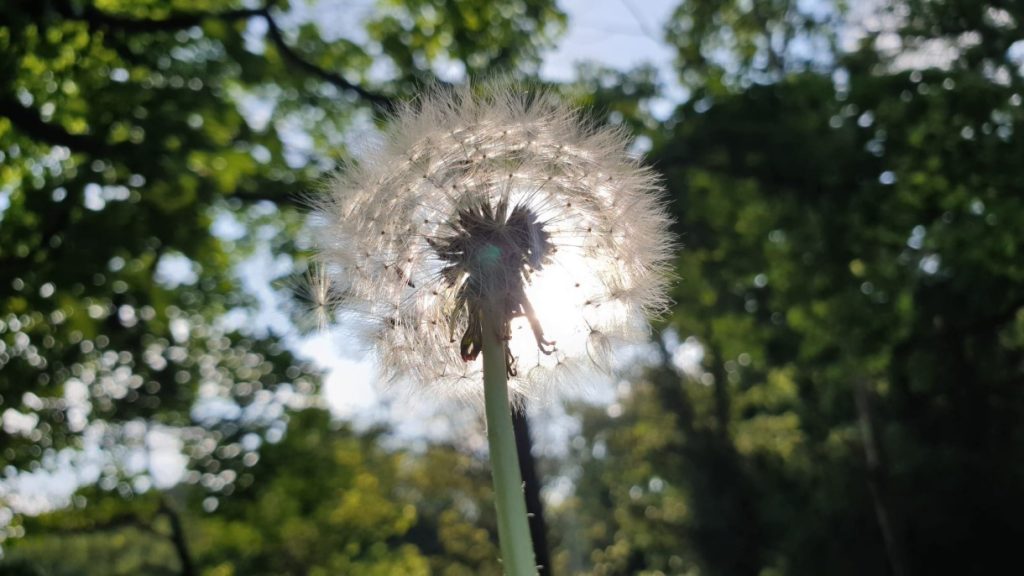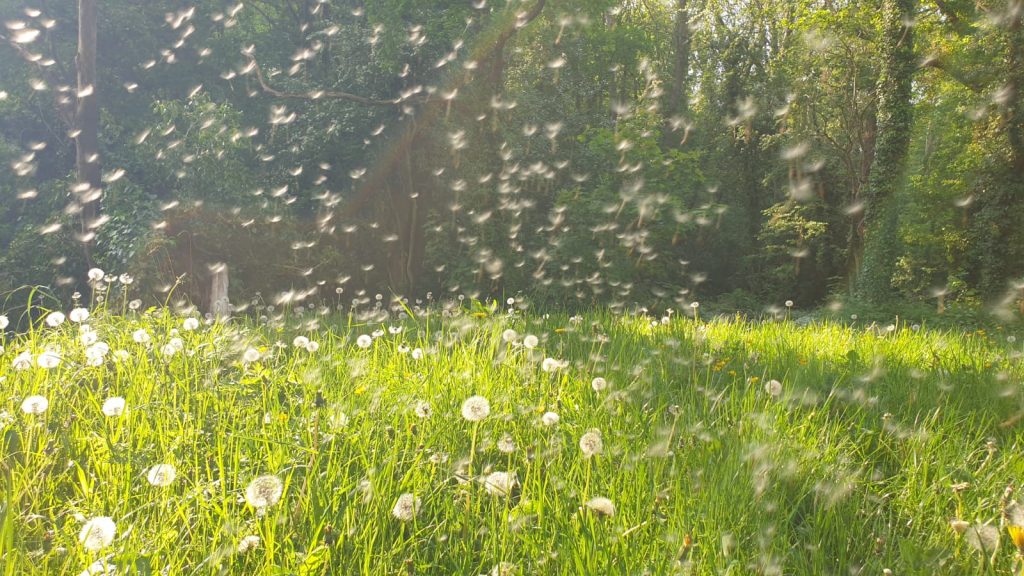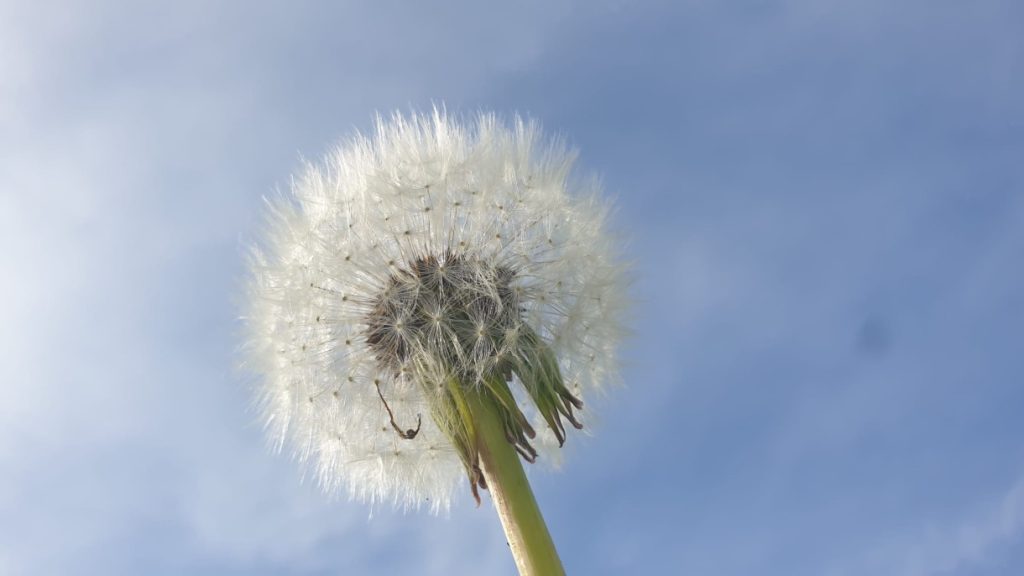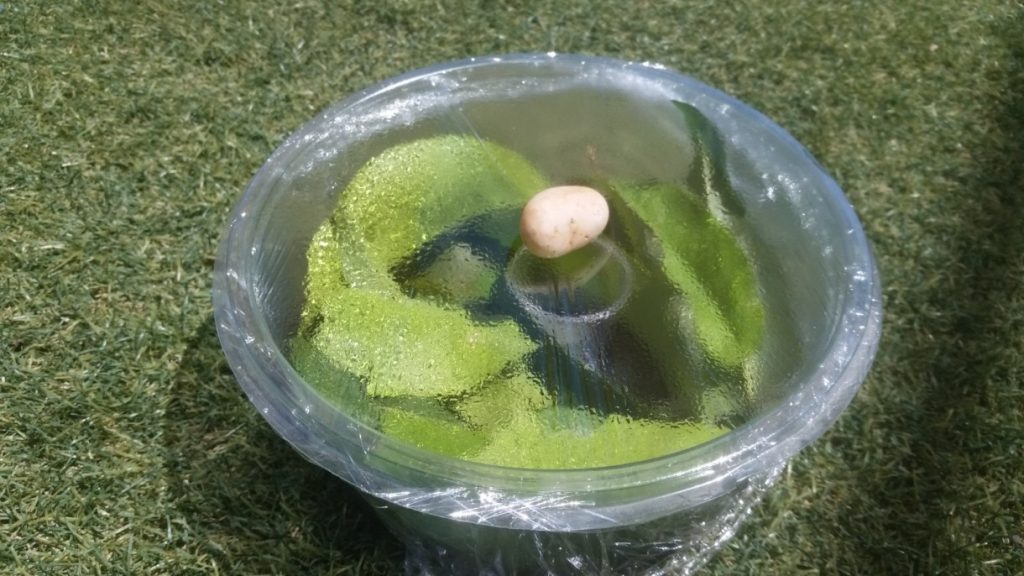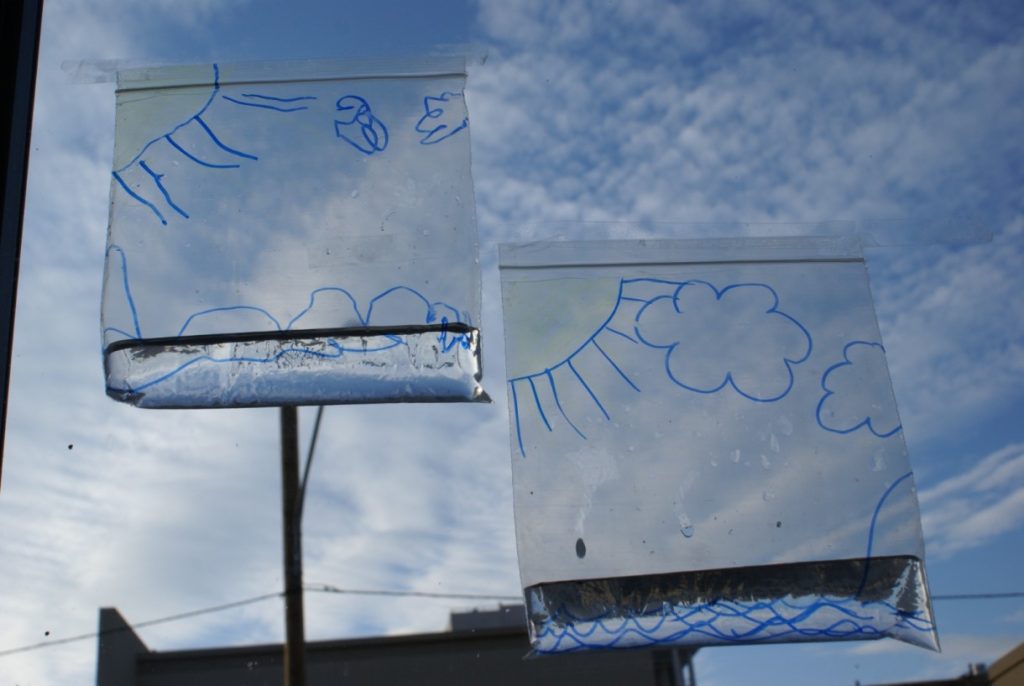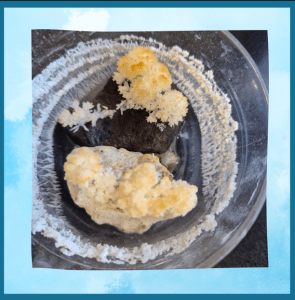Waterproof Dandelion
Ever wondered why dandelions are waterproof and water droplets bead up and roll off their leaves after a rain shower? The answer lies in the tiny wax crystals that coat the surface of these leaves. lets explore the fascinating hydrophobic properties of the dandelion and how this adaptation helps the plant thrive in its environment.
Materials:
- A Dandelion
- A glass of water
What to do?
- slowly dip the dandelion in water and take it out.
See what happens.
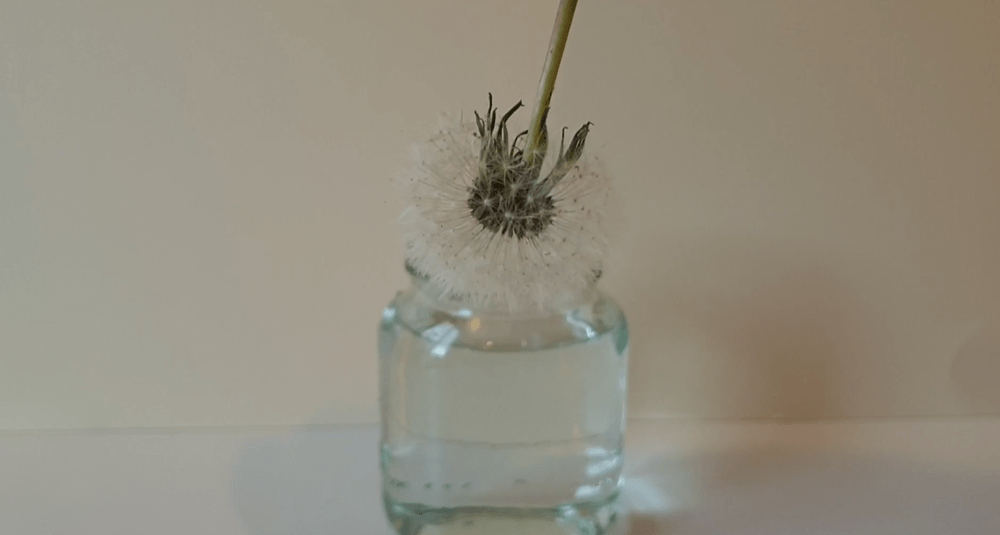
Why does this happen?
dandelion leaves are indeed hydrophobic. The surface of dandelion leaves is covered with tiny wax crystals that repel water, making them hydrophobic. This property helps the leaves shed water, preventing them from getting waterlogged and aiding in the plant’s survival.
Understanding hydrophobicity:
Hydrophobicity is a property exhibited by certain materials that repel water. This means that when water comes into contact with a hydrophobic surface, it tends to bead up rather than spread out.
Surface of dandelion leaves:
The surface of dandelion leaves is covered with tiny wax crystals. These crystals are hydrophobic.
Function of wax crystals:
The wax crystals on the surface of dandelion leaves create a hydrophobic layer. This layer repels water, causing it to bead up and roll off the surface of the leaf rather than being absorbed.
Benefit to the plant:
This hydrophobic property is beneficial to the plant in several ways:
- It helps prevent water loss by reducing the amount of water that evaporates from the leaf surface.
- It prevents water from pooling on the leaves, which could potentially lead to fungal diseases.
- It helps the leaves shed water quickly during rain or dew, preventing them from becoming waterlogged and potentially rotting.
This hydrophobic adaptation is just one of the many ways plants have evolved to thrive in their environments!
Looking for more science experiments for kids? Check out
We’d love to showcase your creativity!
Share pictures of your experiments with us, and together, we can inspire young scientists everywhere!

